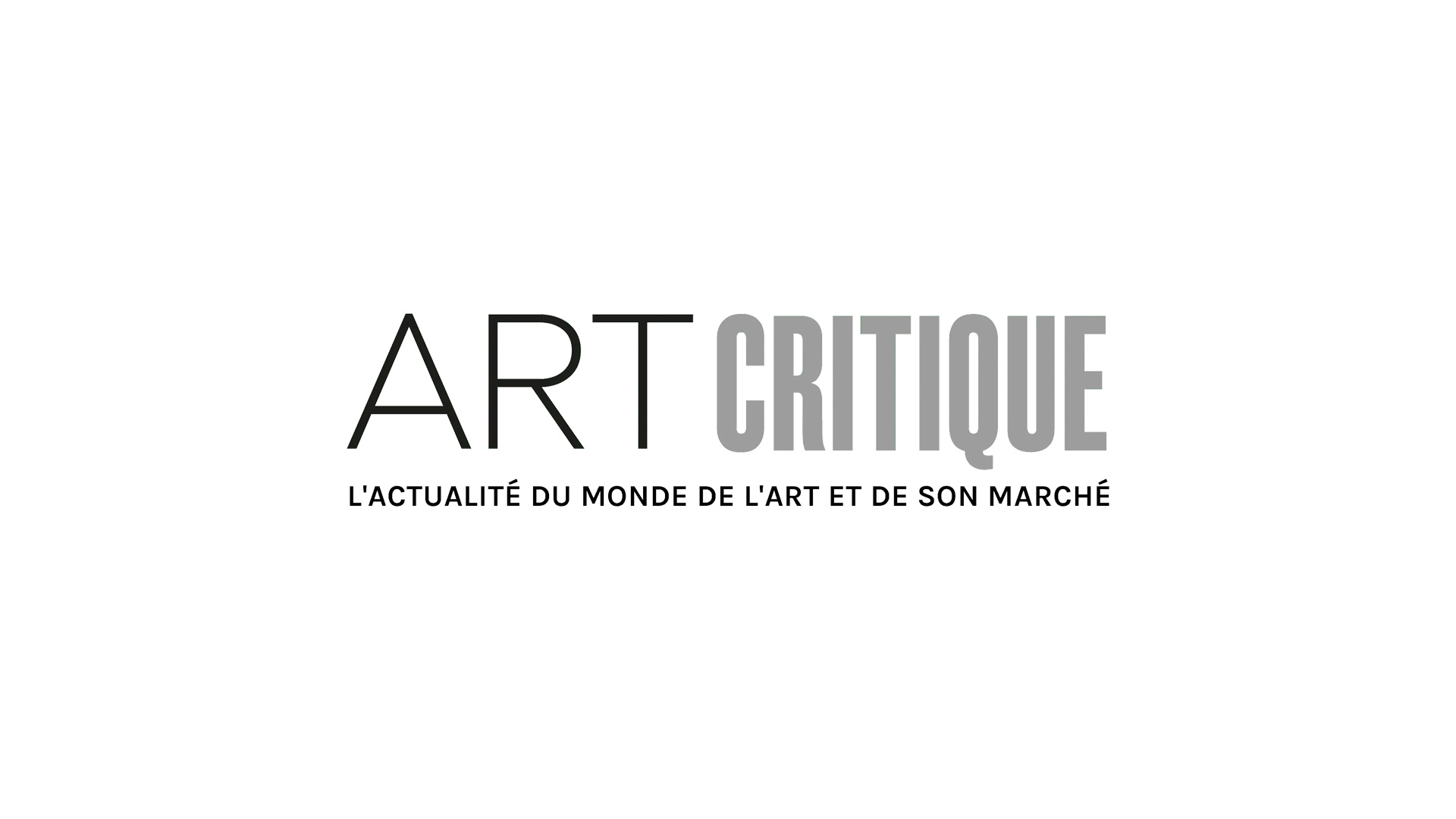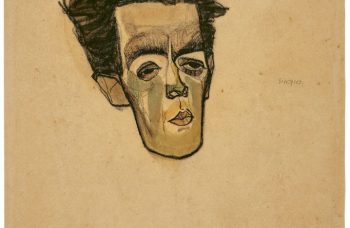In the latest in restitution news, Germany has returned another two paintings taken during World War II. This time, the works have gone back to the heirs of a well-known Jewish art collector and the former owner of the paintings. The pair of medieval panel paintings were once part of Harry Fuld Senior’s extensive collection but because of the war, they did not remain in the family as they were intended. After which, the paintings came into the collection of Berlin’s Gemäldegalerie before Germany returned Fuld’s heirs.

The return of the paintings, The Clothing of St. Clare By St. Francis and St. Clare Rescuing the Shipwrecked both by Giovanni di Paolo in 1455, was organized by the Prussian Cultural Heritage Foundation (PCHF). In the statement announcing their return, Hermann Parzinger, head of the foundation, said: ‘I am glad that the provenance of the two predella panels, which are probably the most important works belonging to the collection of Harry Fuld Senior, could be clarified, and that they could now be returned to the descendants.’
Fuld was a well-established businessman who made and sold telephones in Frankfurt and an avid art collector as well. When Fuld died in 1932, he left his company and his estate to his two sons, Harry Fuld Junior and Peter Fuld, and his wife, Lucie Mayer-Fuld. However, with the ramp up to the war, Fuld’s will indicated that his estate was not to be handed over to his wife and children until 1950. This stipulation unfortunately went unheeded. Eventually, his heirs lost their shares in their company and his sons fled to England while his wife went to France. Fuld’s possessions were then scattered and in 1940, the two paintings were sold by Carl Bümming, an art dealer who was acting on behalf of an undisclosed party. At that time, the panels were purchased from Bümming by the Kaiser-Friedrich-Museum and became a part of the national collection. Despite not knowing who Bümming was working for, the PCHF accepted the case of the di Paolo paintings because they were taken during the Nazi era. The PCHF stated that had the war not happened, they believed the paintings would have gone to their rightful owners and the heirs of Fuld.
https://www.art-critique.com/en/2019/05/one-lawyers-take-on-returning-nazi-looted-artworks-an-interview-with-orna-artal/
Founded in 1957, the PCHF has played a role in the return of a number or looted items taken during the Nazi era. The PCHF also has a history with the Fuld heirs. In 2009, they played a part in the return of a late medieval alabaster relief to the heirs of Fuld and then in 2012, they helped return two fabric fragments to them. To this day, there are still hundreds of works that have not been recovered for Fuld’s heirs. On the lost-art database operated by Germany pertaining to works with unclear provenances during World War II, there are still more than 500 that belonged to Mayer-Fuld. Of those, there are more than 480 craft and folk works of art, 18 sculptures, 13 paintings, and other items. Thus, the two panels are merely a drop in the bucket but they are an important drop at that.





